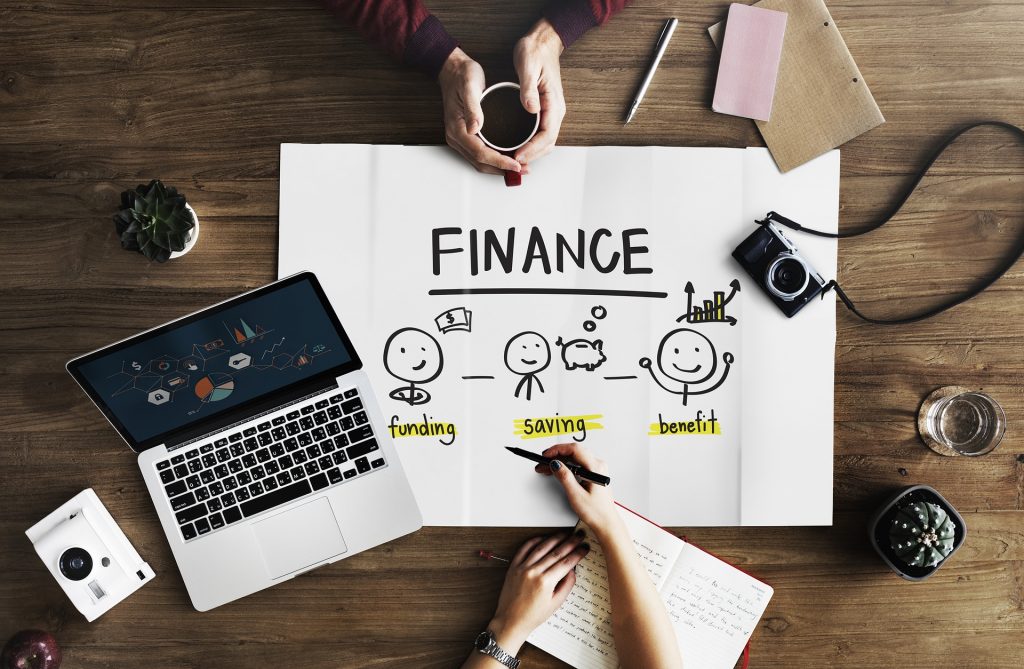
An emergency fund is an essential part of your personal finances. Its importance is stressed in almost every personal finance book and budgeting blog. Yet 26 percent of Americans currently have no emergency fund in place. Of those who do have an emergency fund, up to two-thirds do not have the often-recommended six months’ worth of expenses saved up.
If an emergency fund is, in fact, so important, why doesn’t it seem that way? Why do so many put off contributing to an emergency fund?
The term itself could be a source of confusion. The word “emergency” brings to mind images of natural disasters and terrible accidents — and although these are valid examples of emergency expenses, they’re extreme enough that it’s difficult to imagine ourselves in those situations. Our wants (or discretionary spending) often feel more immediate than our need to cover hypothetical and unpredictable emergency expenses.
The reality is that emergency expenses come in many forms, that there are less traumatic examples, that would be equally good at messing up your financial situation, so it might make more sense to think of your emergency fund as a “life happens” fund.
But, whatever name you give it, absolutely everyone needs an emergency fund in place because no one is exempt from life’s surprises and obstacles.
Let’s look at what types of expense should — and shouldn’t — be dealt with by an emergency fund.
Expense Type No. 1: Known unknowns are situations that we can partially anticipate — so this is the type of expense that should not be dealt with by an emergency fund. For example, if you own a vehicle, you know that at some point it will need repairs.
A good budgeting exercise is to make a list of all the known unknown expenses you can think of. Then compare the list to your budget and see if there are any categories you’re not currently saving for.
Expense Type No. 2: Unknown unknowns, which are the types of expenses that emergency funds are truly designed for, are situations that take us completely by surprise. For example, a family member could suddenly fall ill and you need time away from work in order to care for them. Hopefully, you’ll never experience an unknown unknown, but if you do, the knowledge that you have an emergency fund to cover additional expenses will undoubtedly help to ease a stressful situation.
How much money you should put your emergency fund varies widely from person to person. The regular recommendation is six months’ worth of expenses. Whatever amount you choose, make a plan and take the time to meet it because it will make all the difference when you need it.
When setting your emergency-fund savings goal, consider the following:
• Set mini-goals: Choose a small goal to start and then gradually increase it over time. For example, aim for $500 in your fund; once you’ve reached that goal, congratulate yourself and then set a new goal of $1,000.
• Avoid wishful thinking: According to a 2014 Workopolis survey, it takes four months on average to find a new job. It’s not fun to think about a worst-case scenario, but when it comes to emergency-fund planning, that kind of thinking can help you come up with a more realistic savings goal.
Ultimately, your emergency fund is about your peace of mind. Design it to fit your specific needs.
At Noble Credit Union, members have access to a full range of financial services, including no-cost checking accounts, a low rate VISA Rewards credit card, no-cost mobile and online banking with Bill Pay and Mobile Check Deposit. Noble members receive highly personalized service, and the assistance needed to manage finances with ease.
For more information about membership in Noble Credit Union, visit NobleCU.com.








